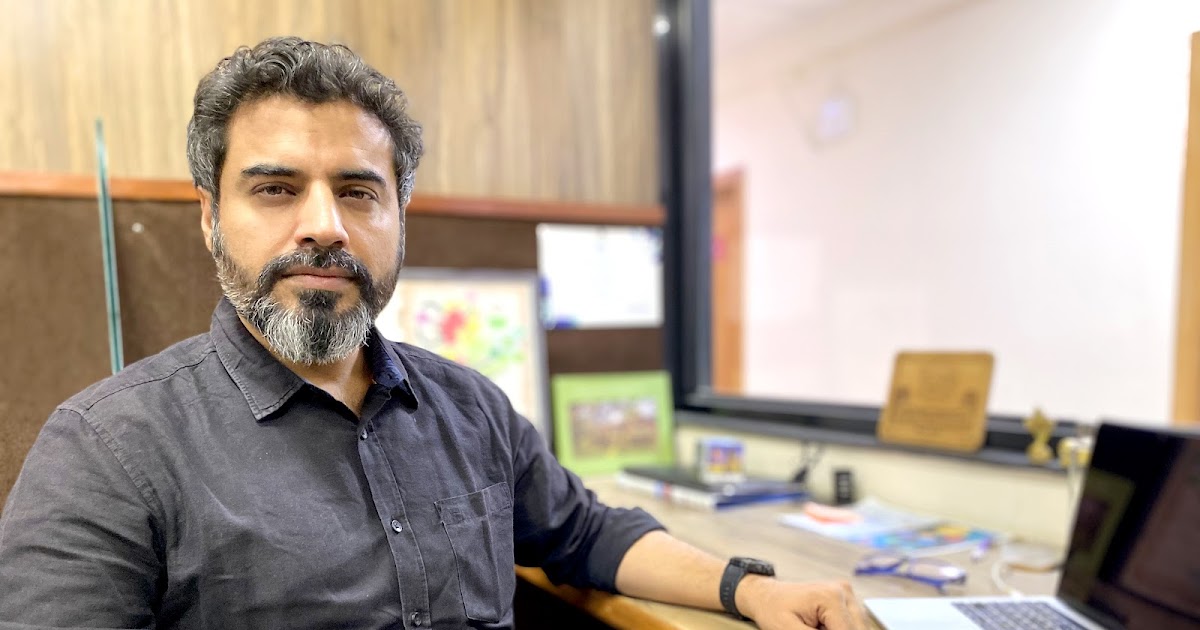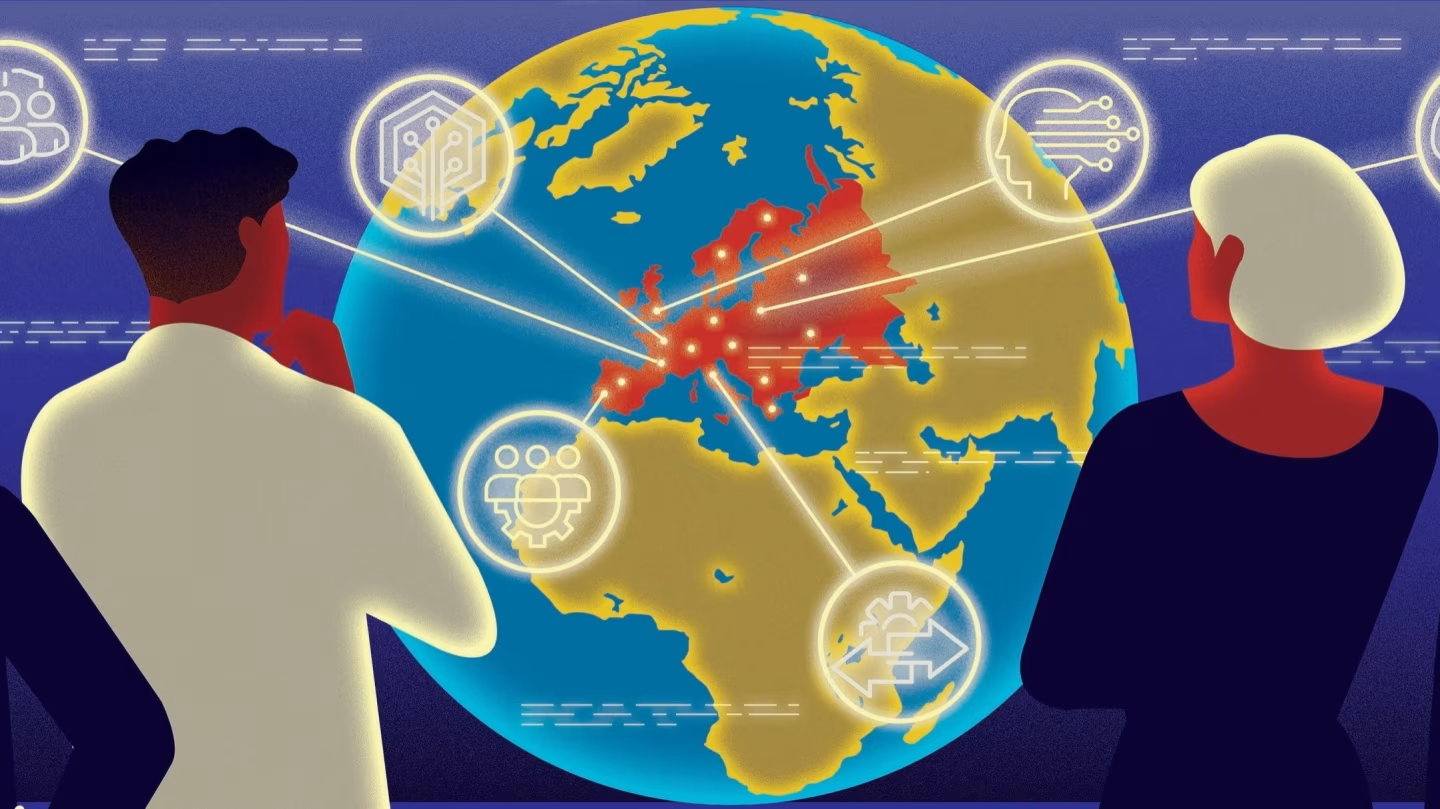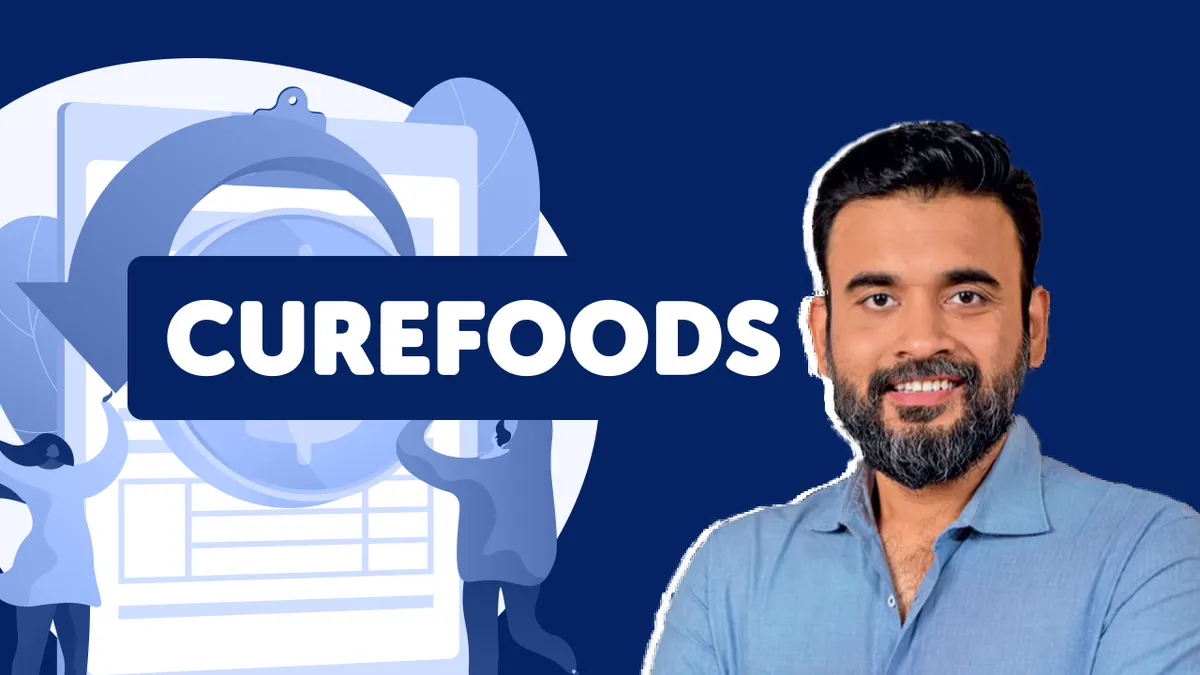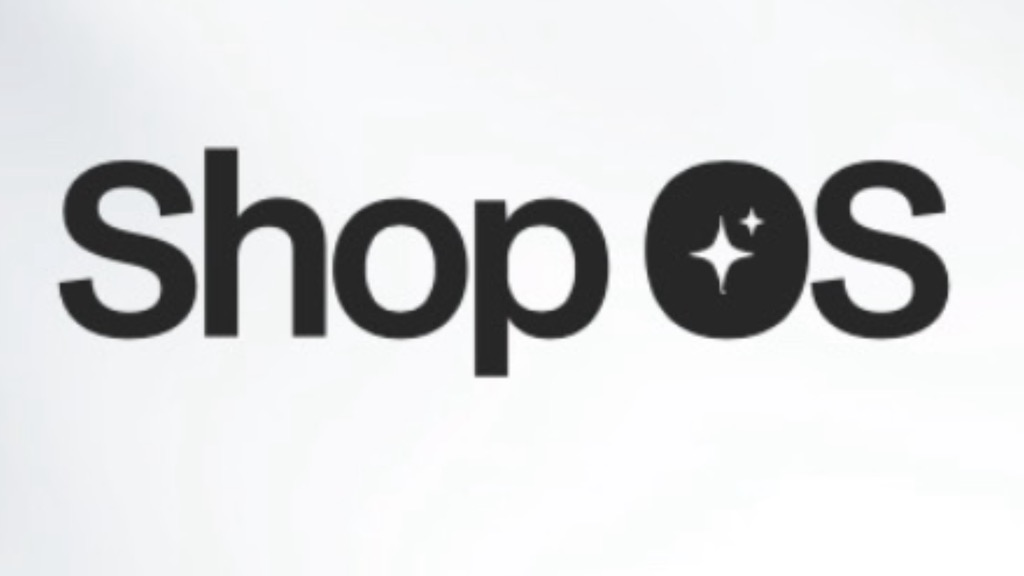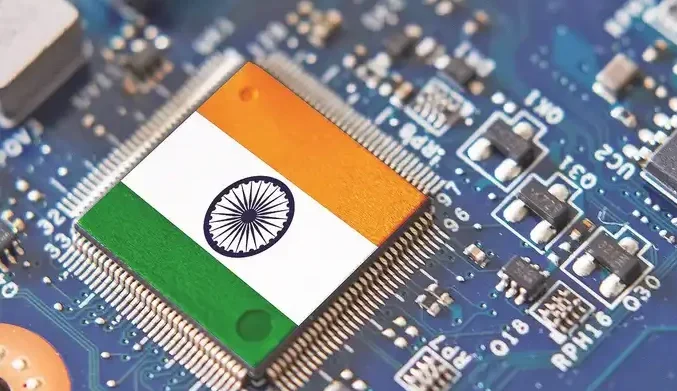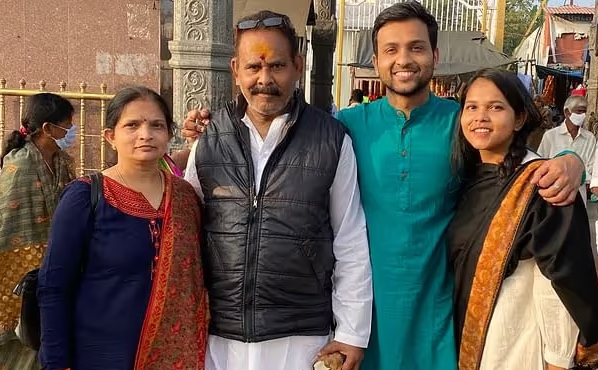Hanging from the dusty shelves of a kirana store, the humble ₹1 shampoo sachet is more than just a product it’s a symbol of India’s consumer revolution. In the 1980s, when Velvette launched India’s first ₹1 shampoo sachet, it was a radical act of access without affordability. Before that, a bottle of shampoo cost ₹25 which was far out of reach for most Indians. The sachets changed the status of shampoos from luxury to accessibility.
The Birth of the Sachet Economy
The sachet revolution traces its roots to Chinni Krishnan, an innovator from Cuddalore, Tamil Nadu. Driven by a vision that even the poorest should enjoy what the rich could, he pioneered the idea of selling everyday products—hair oil, honey, and shampoo in tiny, affordable packs.
His sons, CK Rajkumar and CK Kumaravel, took the idea mainstream with Velvette and Chik shampoos, creating a new market segment and sparking what management gurus would later call the “Fortune at the Bottom of the Pyramid”.
These low-unit packs (LUPs) or single-use packs (SUPs) became the gateway for millions to try branded products. The format quickly spread: ₹1 Clinic Plus for a single head wash, ₹2 Horlicks for a cup, ₹5 Parle-G for a hunger break, ₹10 Surf Excel for one laundry load. By the 1990s, chips, biscuits, and snacks followed suit, with ₹5 and ₹10 packs becoming ubiquitous.
Why Sachets Matter?
- Habit and Loyalty: Tiny SKUs built daily habits and lifelong brand loyalty among hundreds of millions.
- Dignity and Access: For many, buying a branded sachet was a matter of dignity—a small luxury within reach.
- Economic Engine: Even today, these small packs drive 25–35% of FMCG revenue in India.
The Inflation Squeeze
But the model is under siege. Since 2022, raw material costs have soared:
- Palm oil up 30%
- Wheat and milk up 20%+
- Packaging costs up 15–30% in just six months
Packaging alone accounts for about 10% of input costs, and the figure is even higher for LUPs. The price of corrugated boxes, essential for transporting these packs, has jumped 40% in a year. With rural and urban consumers already squeezed by inflation, simply raising prices risks breaking trust and losing customers.
The Shrinkflation Playbook
Instead of hiking prices, brands have turned to “shrinkflation” meaning reducing the quantity or quality of the product while keeping the price the same:
- ₹5 biscuits now weigh 55g, down from 100g
- ₹2 drink mixes make thinner cups
- ₹1 shampoo is barely enough for short hair
Shrinkflation is everywhere: Haldiram’s Aloo Bhujia dropped from 55g to 42g, Nestle’s Maggi from 80g to 55g, Vim soap from 155g to 135g.
The Battle for Trust
“Low unit packs are sacrosanct, but we’re at the edge.”
It’s a war between unit economics and consumer trust. As HUL’s CFO put it, “Low unit packs are sacrosanct, but we’re at the edge.” Brands know that losing the ₹1 customer is costlier than losing money on the sachet itself.
How Brands Are Adapting
- Launching new “bridge SKUs” at ₹7, ₹8, ₹16
- Encouraging upgrades to ₹10/₹20 packs
- Offering combo deals (e.g., 12 sachets for ₹10)
- Holding onto ₹1 packs, even at a loss, to retain their base
The Stakes
In India, buying is not just a transaction but a decision soaked in risk, especially for the poor. The ₹1 customer is the bedrock of scale for FMCG brands. As the sector heads toward a projected $220 billion market size by 2025, driven by a growing middle class, the challenge is to keep the bottom of the pyramid engaged without breaking the trust built over decades.
“You don’t scale with your most profitable customer. You scale by not losing the one who gives you ₹1 with full faith.”
The sachet revolution democratized access, built brands, and fostered trust. But with inflation biting hard and input costs surging, the model is under unprecedented stress. The fight to preserve the ₹1 sachet is a fight for the soul of Indian consumption. It’s a battle between the cold logic of economics and the enduring power of trust.
ALSO READ : Are Coloured Gemstones The New Luxury Flex?











